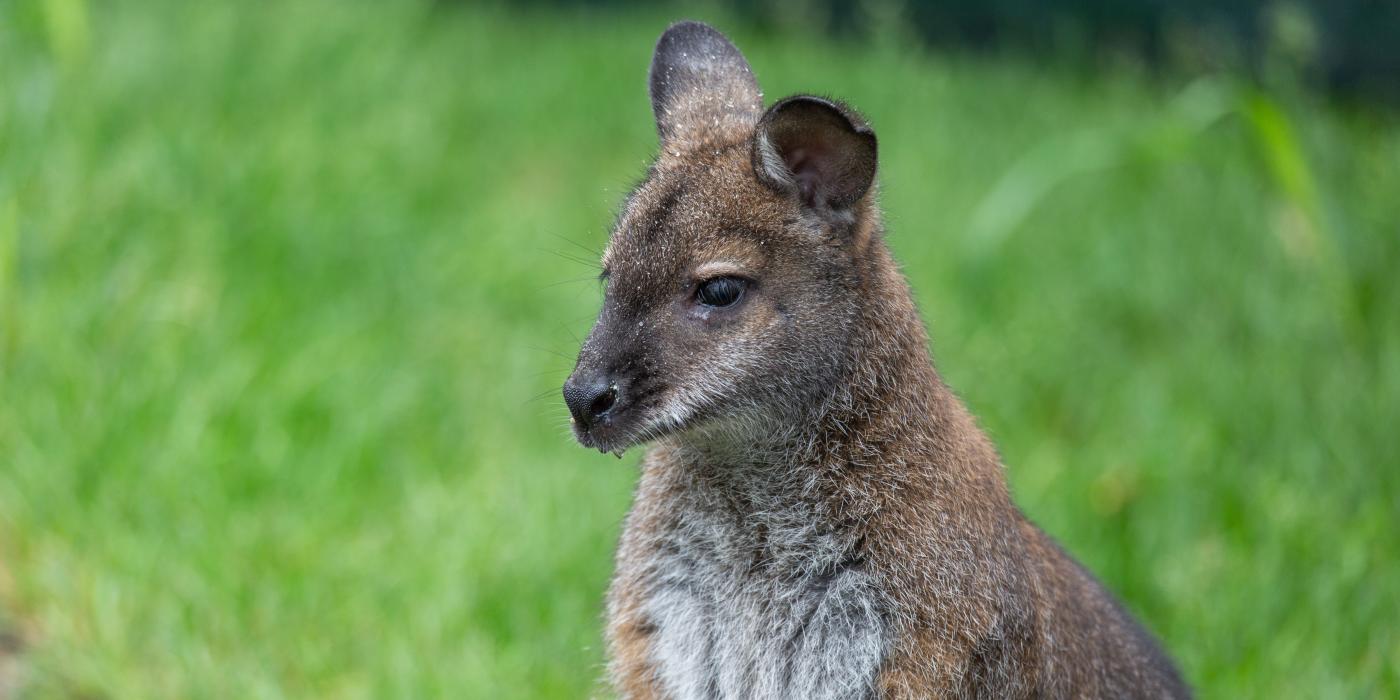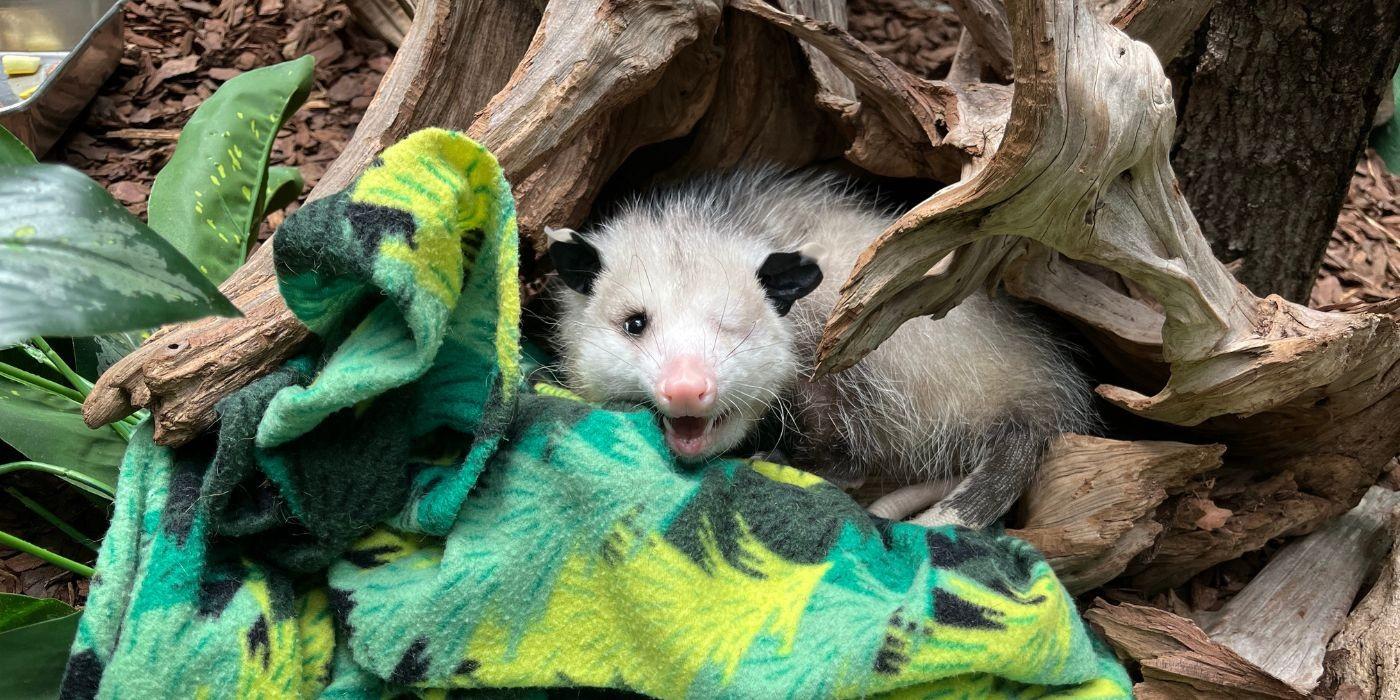New at the Zoo: Bennett's Wallabies
Meet Victoria and Adelaide—the new Bennett’s wallabies at the Zoo! Get the scoop on the Small Mammal House’s marsupials from curator Steve Sarro and animal keepers Ashton Ball and Esther Wray.
What do visitors want to know about wallabies?
The number one question visitors ask is if they are miniature kangaroos! They are not, but both species are closely related and share some of the same characteristics: long feet, muscular hind legs, a tapered tail that helps them to balance, a pouch for their young and eyes that are set high on their skull. Also, both are native to Australia!
The trick to spotting the difference between the two is that wallabies tend to be smaller than kangaroos. This species, the Bennett’s wallaby—is about 3 feet tall and weighs between 30 and 40 pounds.
What are Victoria and Adelaide’s personalities like?
Victoria is very independent, whereas Adelaide is inquisitive and is more willing to let keepers approach her. If visitors spot a wallaby lounging in the left-front corner of the yard, it is likely Addy—that seems to be her favorite spot!
What are your favorite facts about wallabies?
Some wallaby species can jump 13 feet in a single leap, and they can reach speeds up to 30 miles per hour while they hop. As well as they move on land, they move pretty well in the water, too; they will “doggie paddle” (use their legs independently) to propel themselves. Our wallabies seem to enjoy sitting in the sprinklers in their yard.
Female wallabies in particular have some extraordinary abilities; they can invert their pouches to clean them, and mothers can produce two different types of milk for their babies (called “joeys”)!
Related Species:



